
Product information
Les Forts de Latour 2018
Original price was: $695.$575Current price is: $575.
Description
Pre-Arrival Offer & Pricing Closes 3 April 2024
Terms: Payment upon order. Delivery: August-September 2024.
The 2018 Les Forts de Latour is made up of 65.6% Cabernet Sauvignon, 34% Merlot and 0.4% Petit Verdot, with 14.2% alcohol and an IPT (total polyphenol index) of 77. It was aged in 60% new oak. Deep garnet-purple in color, it needs a fair bit of swirling to reveal notions of baked black cherries, cassis and blackberry pie with hints of pencil lead, clove oil, cardamom and allspice with a waft of violets. Medium to full-bodied, the palate delivers impressive density with velvety tannins and a lively backbone supporting the generous black fruits, finishing long with all the earthy nuances coming through at the very end. (3/2021)
Lisa Pernotti-Brown, The Wine Advocate 94+ Points
The 2018 Les Forts de Latour is surprisingly approachable. It boasts serious concentration because of the warm dry summer and ensuing low yields, yet the intensity of the fruit pretty much covers the tannins, quite unusual for young Forts de Latour. Dark-toned fruit, gravel, incense, licorice and scorched earth add to the wine’s distinctive sepia-toned personality. The 2018 turned out beautifully. (2/2024)
Antonio Galloni, Vinous 94 Points
In the line up, this is a year older than the Pauillac de Latour, but very clearly deeper and more intense in colour, reflecting the 24hl/h yield after a challenging growing season first with mildew and then with the heat of the summer. The rich texture is immediately apparent, and it needs time to open in the glass, as bottle ageing has tamed the exuberance of En Primeur and given way to a classically muscular expression of the estate character. Those Pauillac tannins are exerting their influence, cradling blackcurrant and damson fruits, cocoa bean, baking spice, graphite, espresso, turmeric and black pepper. A wine that reflects the intensity of the summer, with everything knitted down and austere, I suggest a few more years in bottle before opening to allow more joy to come through, and decant well before serving. 42% of the overall estate production in this wine, 60% new oak. (3/2024)
Jane Anson 93 Points
Out of stock








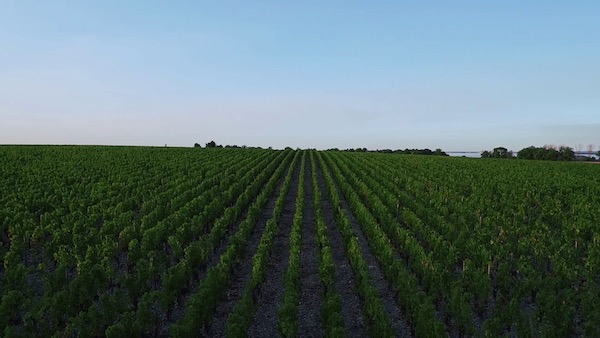
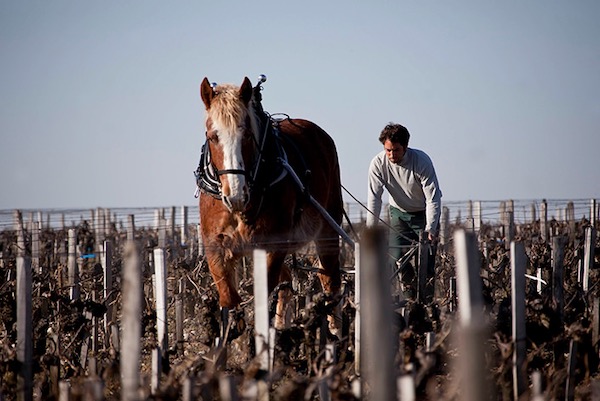
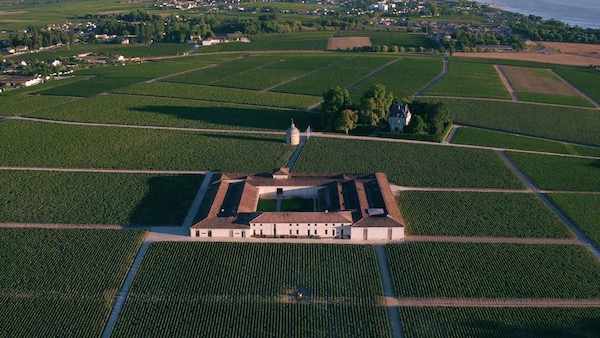

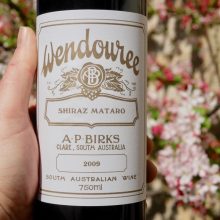
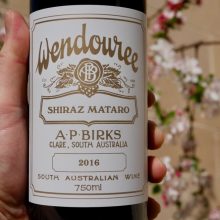
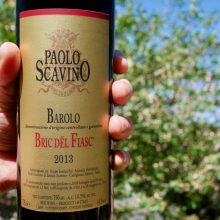
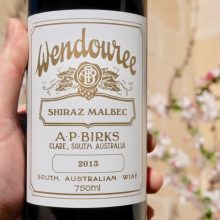
You must be logged in to post a comment.